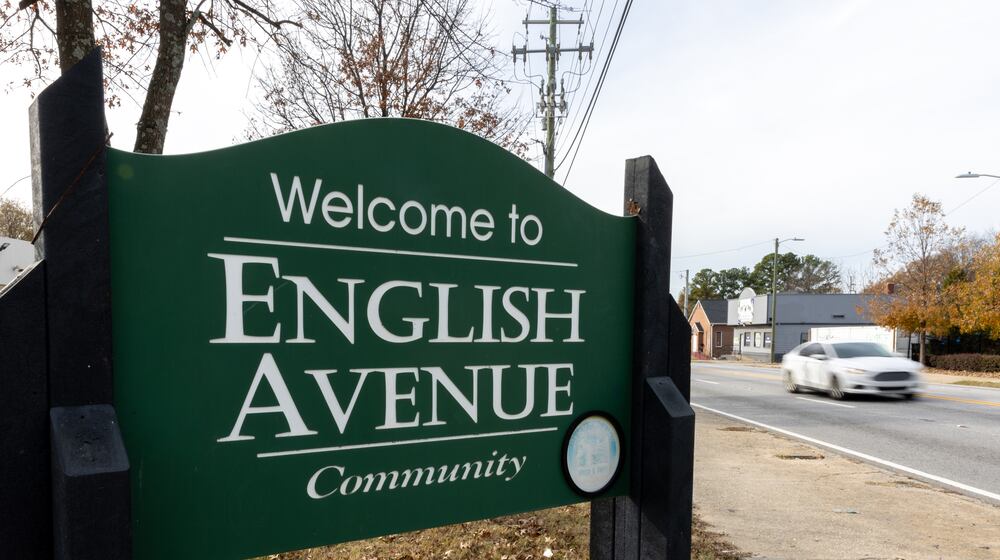Tennessee, Utah and North Dakota are among 40 other states that meet women's needs and expectations better than Georgia does, according to WalletHub's 2016 "Best and Worst States for Women" study.
WalletHub analysts compared the 50 states and the District of Columbia across two key issues in its "Best and Worst States for Women" study, which ranked Georgia No. 41.
- Women's Economic & Social Well-Being, which included earnings, unemployment, poverty and high school dropout rates for women.
- Women's Health Care & Safety, which included top-rated women's hospitals, female uninsured rate, best states to have a baby and life expectancy.
Minnesota topped the list of the most female-friendly states, and Louisiana sat at the bottom of the list.
More highs and lows of the "Best and Worst States for Women" study:
- The District of Columbia has both the highest median earnings for female workers AND the highest unemployment rate for women. So, if you're lucky enough to have a job in D.C., you're doing pretty well compared to other women in the country.
- The northern-ish states — New Hampshire, Alaska, Maryland, Connecticut and New Jersey — have the lowest percentage of women living in poverty, while the southern-ish states — Alabama, Arkansas, Louisiana, New Mexico and Mississippi — have the highest.
- Women in Hawaii live the longest; but they didn't vote much in 2012, ranking in the bottom five in the "lowest percent of women who voted in the 2012 presidential election" category.
- South Dakota has the lowest share of women-owned business, but it has the highest female homicide rate per 100,000 females.
Georgia shows up on the most and least popular rankings only once: It ranks No. 47 in the "highest female uninsured rate" category. Ouch!
Data used to create ranking in the Best and Worst States for Women study were collected from the U.S. Census Bureau, the U.S. Bureau of Labor Statistics, the Centers for Disease Control and Prevention, the National Center for Educational Statistics, the Federal Bureau of Investigation, Violence Policy Center, the Missouri Economic Research and Information Center, the Social Science Research Council, U.S. News & World Report and WalletHub research.
About the Author





